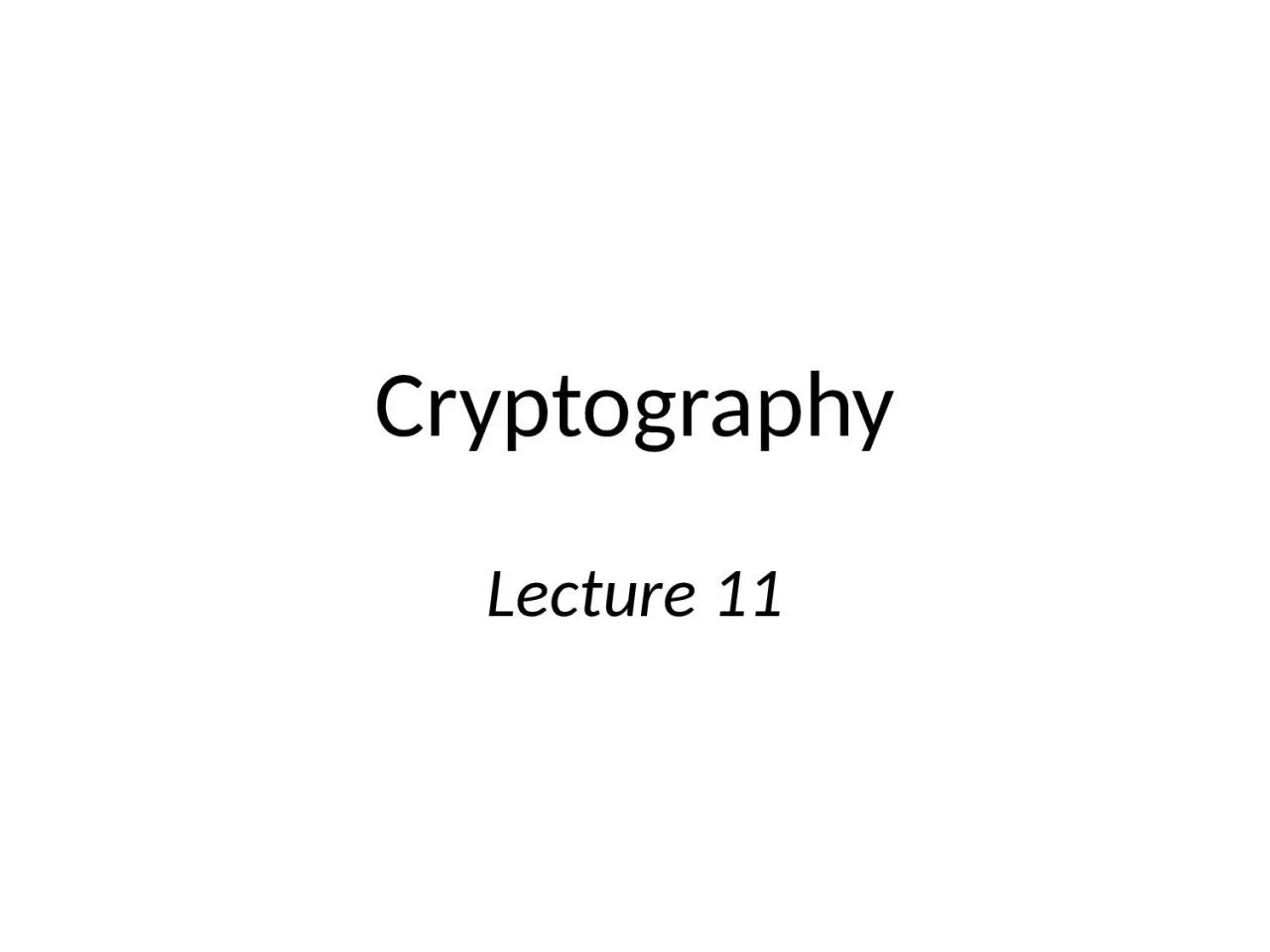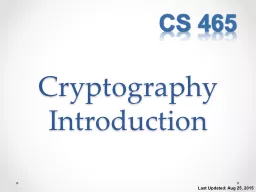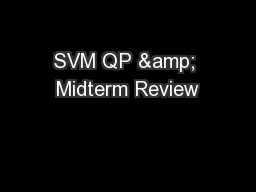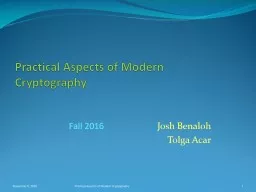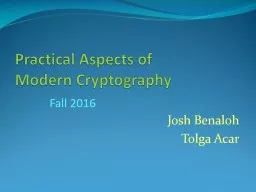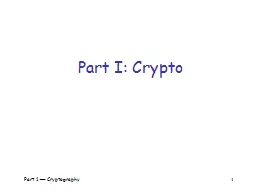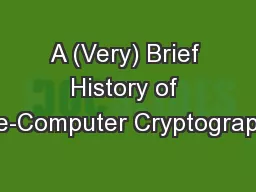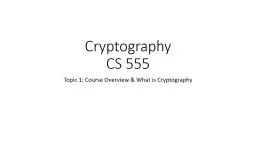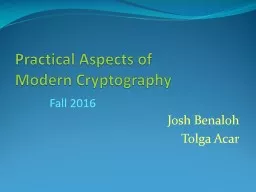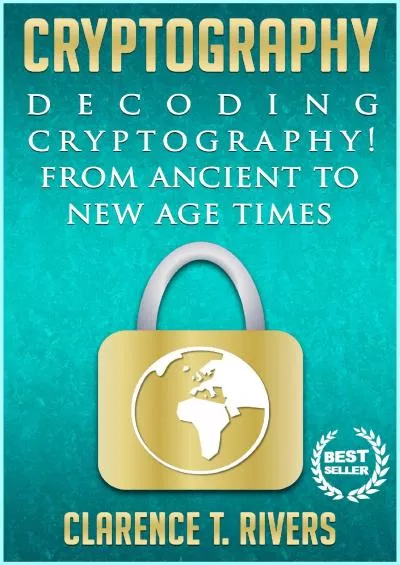PPT-Cryptography Lecture 11 Midterm exam
Author : danya | Published Date : 2023-06-25
Exam is 1 week from today May try to find an overflow room Will post information on Piazza Covers material up to and including todays lecture Open booknotes No electronic
Presentation Embed Code
Download Presentation
Download Presentation The PPT/PDF document "Cryptography Lecture 11 Midterm exam" is the property of its rightful owner. Permission is granted to download and print the materials on this website for personal, non-commercial use only, and to display it on your personal computer provided you do not modify the materials and that you retain all copyright notices contained in the materials. By downloading content from our website, you accept the terms of this agreement.
Cryptography Lecture 11 Midterm exam: Transcript
Download Rules Of Document
"Cryptography Lecture 11 Midterm exam"The content belongs to its owner. You may download and print it for personal use, without modification, and keep all copyright notices. By downloading, you agree to these terms.
Related Documents

